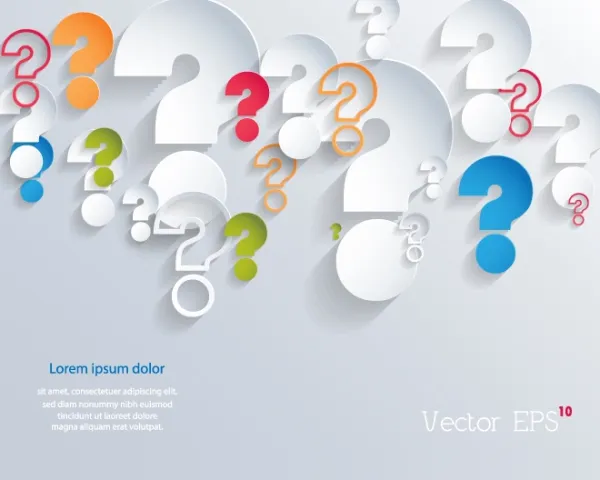Feds Propose Big Conversion Factor Cut in 2022 MPFS
Hint: Past COVID legislation factors into policymaking. Recent proposals suggest you probably shouldn’t count on a conversion factor (CF) boost in 2022. The 3.75 percent increase likely will not be extended next year. Details: On July 13, the Centers for Medicare & Medicaid Services (CMS) released the calendar year (CY) 2022 Medicare Physician Fee Schedule (MPFS) proposed rule, and it’s brimming with policy surprises. This latest iteration, which was published in the Federal Register on July 23, is trimmer than past proposals with guidance on previous E/M changes, clarity on split/shared visits, telehealth updates (see story, p.3), and the Quality Payment Program (QPP). In addition, CMS reevaluates the CF in the CY 2022 MPFS, offering a substantial CF cut as part of its budget adjustment. Read on for the details. Here’s a CF Proposal Breakdown To fully appreciate the nuances of the CY 2022 conversion factor proposals, it’s critical to understand how the 3.75 percent increase — and subsequent proposed decrease for next year — originally came about. First: CMS is required by law to offer a “proposed budget neutrality adjustment to account for changes in [relative value units] RVUs” to align with inflation, the agency reminds in a fact sheet on the rule. It’s also important to remember that the fee schedule dictates specific values for codes based on the setting/site (facility or non-facility) where the provider offers services or procedures. In some circumstances, total RVUs for certain procedures are the same whether in a facility or a non-facility setting, but in other cases, the RVU totals may differ. Backtrack: CMS opted to finalize a massive 10+ percent CF decrease in the CY 2021 MPFS amidst major blowback from industry organizations and stakeholders. However, in December 2020, as COVID numbers spiked and providers nationwide struggled to stay afloat, Congress passed the Consolidated Appropriations Act, 2021 — a $900 billion COVID-relief bill — which included a one-time only 3.75 increase to the CF to accommodate cash-strapped providers. Now: CMS proposes to make the CF $33.58, a $1.31 decrease from the current CF of $34.89, the proposed rule indicates. “The [M] PFS conversion factor reflects the statutory update of 0.00 percent and the adjustment necessary to account for changes in relative value units and expenditures that would result from our proposed policies,” CMS insists. However, industry groups aren’t too pleased with the proposal. “This reduction can be attributed to the expiration of a 3.75 percent increase in the 2021 conversion factor, which Congress applied via legislation in December 2020,” notes the American Academy of Family Physicians (AAFP) in its rule summary. “The specialty impact estimates published by CMS do not account for the proposed change in conversion factor from 2021 to 2022,” AAFP cautions. Plus: The AMA points out that the proposed CF decrease combined with other factors would likely topple Medicare providers’ bottom lines, too. For example, the temporary 2 percent sequestration payment suspension is slated to sunset on Dec. 31, and potential Merit-Based Incentive Payment System (MIPS) penalties are scheduled to go up to 9 percent in CY 2022, warns James L. Madara, MD, AMA CEO and executive vice president, in a letter to Congress. Another worry relates to mandatory decreases triggered by COVID relief. “The Congressional Budget Office has estimated that a Statutory PAYGO sequester in fiscal year 2022 resulting from passage of the American Rescue Plan Act of 2021, the $1.9 trillion COVID-19 relief package passed this March, would cause a 4 percent reduction in Medicare spending — or cuts of approximately $36 billion,” notes the American Hospital Association (AHA) in a PAYGO fact sheet. “The combination of all these policies would be challenging to endure in normal times,” Madara says. But “the enactment of further Medicare payment cuts will undoubtedly threaten patient access to care, especially considering the stark reality that, adjusted for inflation in practice costs, Medicare physician payment actually declined 22 percent from 2001 to 2020, or by 1.3 percent per year on average.” CMS is accepting comments on the proposed rule through Sept. 13. Stay tuned for more MPFS analysis and breakdowns in future issues. Resource: Check out the proposals and offer your two cents on the rule at www.federalregister.gov/documents/2021/07/23/2021-14973/medicare-program-cy-2022-payment-policies-under-the-physician-fee-schedule-and-other-changes-to-part.





